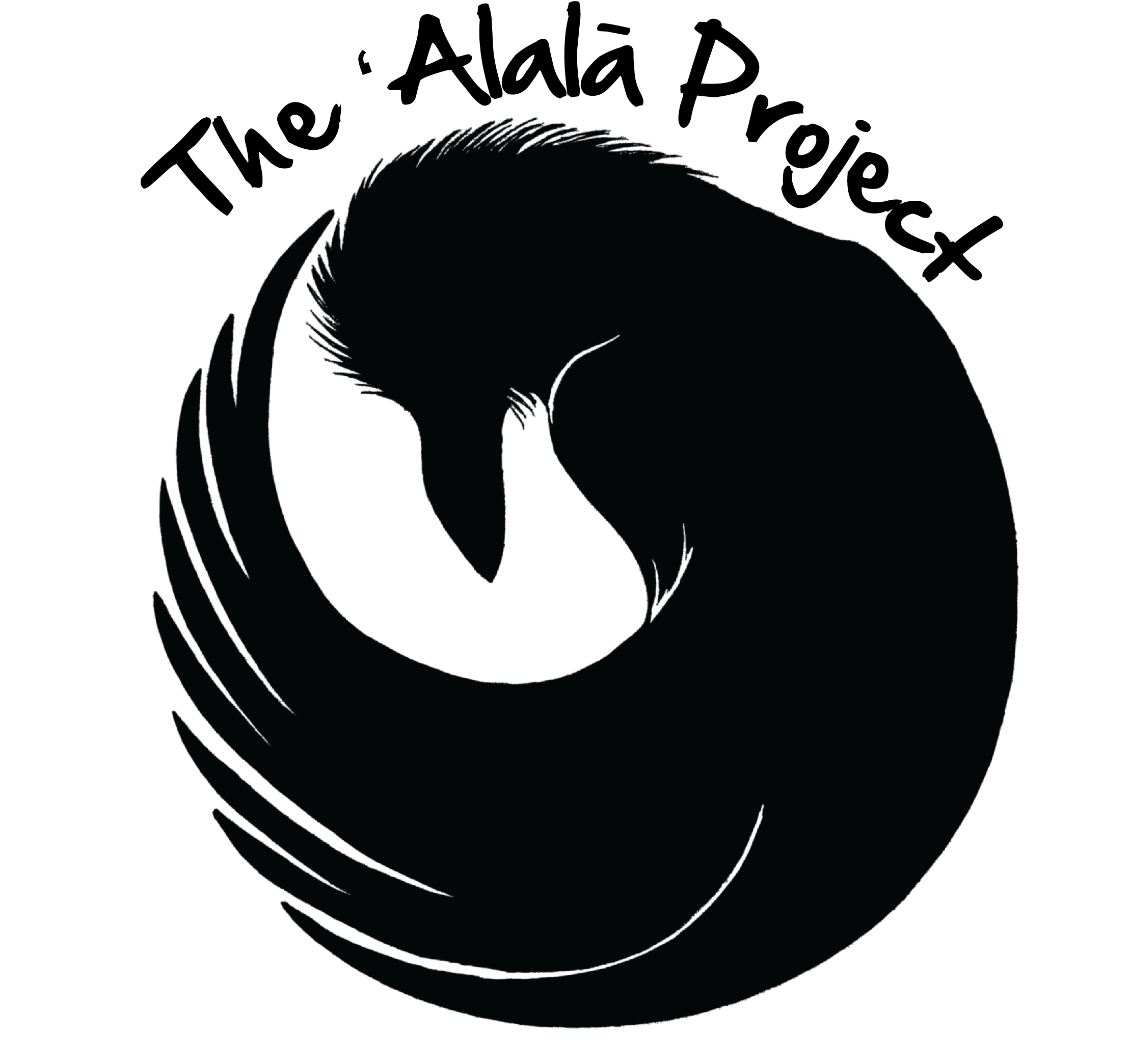ʻAlalā Reintroduction Project Planning Further Releases After Recent Challenges
Posted on Mar 9, 2017 in News & EventsMarch 2, 2017
‘ALALĀ REINTRODUCTION PROJECT PLANNING FURTHER RELEASES AFTER
RECENT CHALLENGES
Next Release Group to Receive Additional Predator-Aversion Training
(HILO, HI) – Reintroduction efforts for the ʻAlalā, the native Hawaiian crow, began in December
of last year with the release of five ʻAlalā into a Hawai‘i Island State Natural Area Reserve.
Sadly, three birds did not survive, and the remaining two were brought back into captivity.
Members of The ‘Alalā Project say that the reintroduction of captive-raised birds without the
benefit of experienced ‘Alalā already in the wild is very challenging. Biologists around the world
say releases like this are usually marked with fits and starts, and that reintroduction success is
not usually seen before multiple releases. Nēnē, the native Hawaiian goose, once had a
population of only 30 birds and was part of a captive breeding program. “The recovery of Nēnē
took over five decades of conservation actions to achieve, and while there are now over 3,000
birds in the wild, Nēnē populations still require active management to persist,” said Joey Mello,
Hawai’i Branch DOFAW Wildlife Program Manager (East Hawai’i).
Despite the temporary setback, preparations are underway for the release of the next group of
‘Alalā. Nine birds are now in a flight aviary that was constructed in the State’s Pu‘u Maka‘ala
Natural Area Reserve; three more birds will be moved there soon. All of these birds are healthy
and are checked and fed daily. Project team members closely observe their foraging skills,
behaviors, and social interactions. The ‘Alalā Project anticipates the release of these 12 birds
later this year.
Necropsies on the three ‘Alalā released last December indicate that none of the crows died due
to disease exposure. Necropsy (autopsy for animals) results indicate that two of the birds were
likely killed by another endangered bird, the ‘Io or native Hawaiian hawk. ‘Io are known to prey
upon other birds – such is the circle of life in the wild. The third bird appears to have died from
natural circumstances that led to poor physical condition.
Prior to any release, candidate birds undergo extensive training and conditioning to best ensure
their long-term survival in the forest. This includes predator aversion training. The project team
has consulted with world-renown predator aversion training specialists and is now focusing on
making improvements to that training to give the released ‘Alalā a better chance of avoiding ‘Io.
The three ‘Alalā that died were named ‘Ike, Kau’ikauikalani, and Pewa. The necropsies were
conducted by the San Diego Zoo Global (SDZG), which operates Hawaiʻi bird conservation
centers on Hawai‘i Island and on Maui. The ‘Alalā were offspring of birds brought into captivity
over a decade ago, around the time that the last remaining bird went extinct in the wild in 2002.
The ‘Alalā Project is comprised of more than a half dozen state and federal agencies, non-
government agencies, and private landowners, that collectively and successfully have hatched
more than 200 ‘Alalā at the SDZG bird conservation centers. The ‘Alalā Project is just one of
many projects across the state committed to native species conservation. Together, these
efforts protect and preserve the incredible and unique biodiversity of our islands.
